DePAI provides an opportunity for the Web3 physical AI ecosystem to establish itself before centralized giants dominate.
Author: Dylan Bane
Compiled by: Deep Tide TechFlow
Decentralized Physical AI (DePAI) offers a decentralized alternative for robotics and physical AI infrastructure stacks, breaking free from traditional centralized control models.
From the collection of real-world data to the operation of robots powered by physical AI agents deployed through DePIN, DePAI is steadily moving towards the future.

(Source image from Dylan Bane, compiled by Deep Tide TechFlow)
"The ChatGPT moment in the field of general robotics is coming."
—NVIDIA CEO Jensen Huang
The digital age initially started with hardware and then evolved into the intangible realm of software. The AI era, however, begins with software and is now moving into the physical world, the last frontier it has yet to conquer.
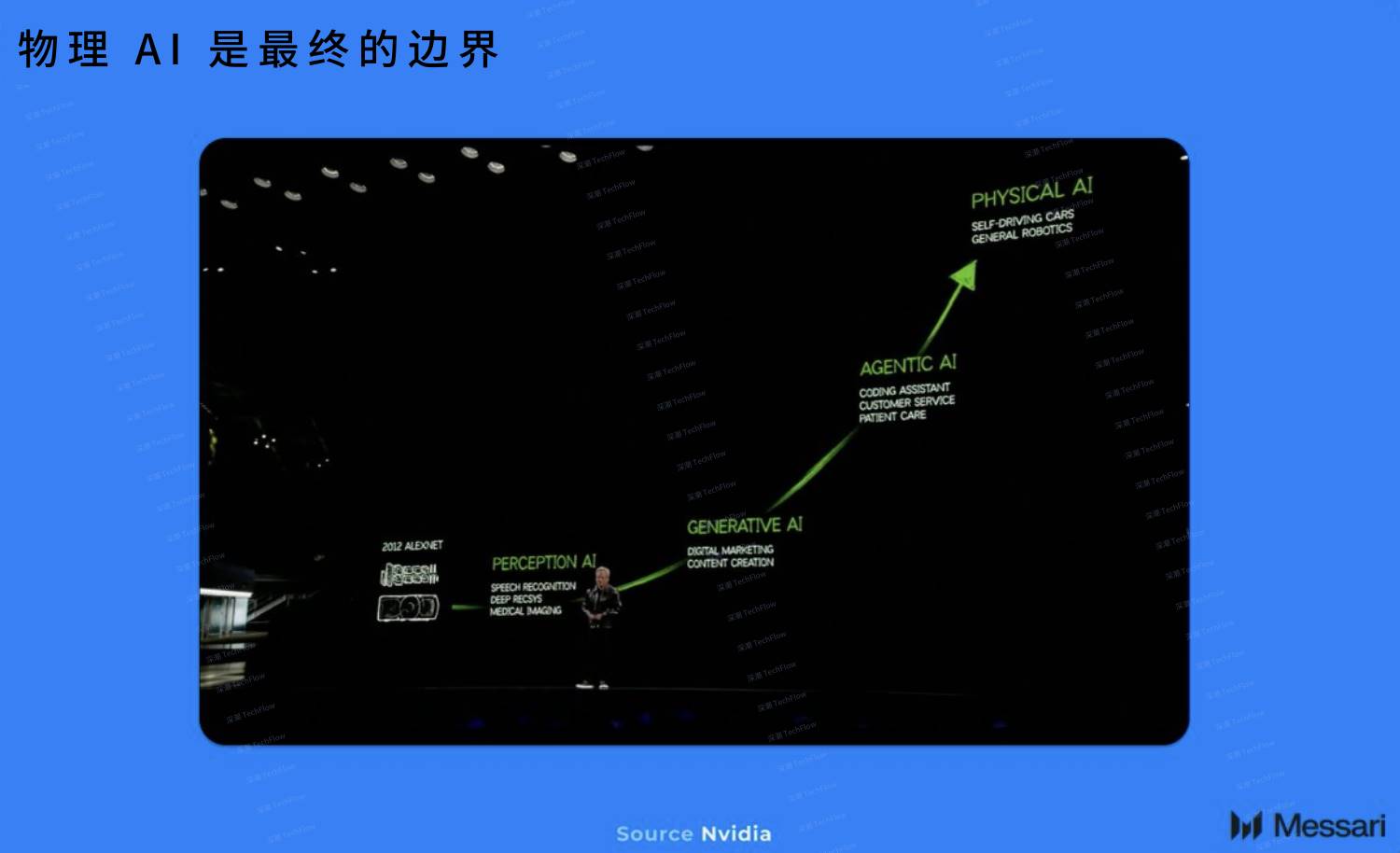
(Source image from Dylan Bane, compiled by Deep Tide TechFlow)
In a future dominated by robots, drones, autonomous vehicles, and humanoid robots, these machines will be operated by autonomous physical AI agents, gradually replacing traditional labor. The question of "who owns these machines" has become an important social issue.
DePAI provides an opportunity for the Web3 physical AI ecosystem to establish itself before centralized giants dominate.
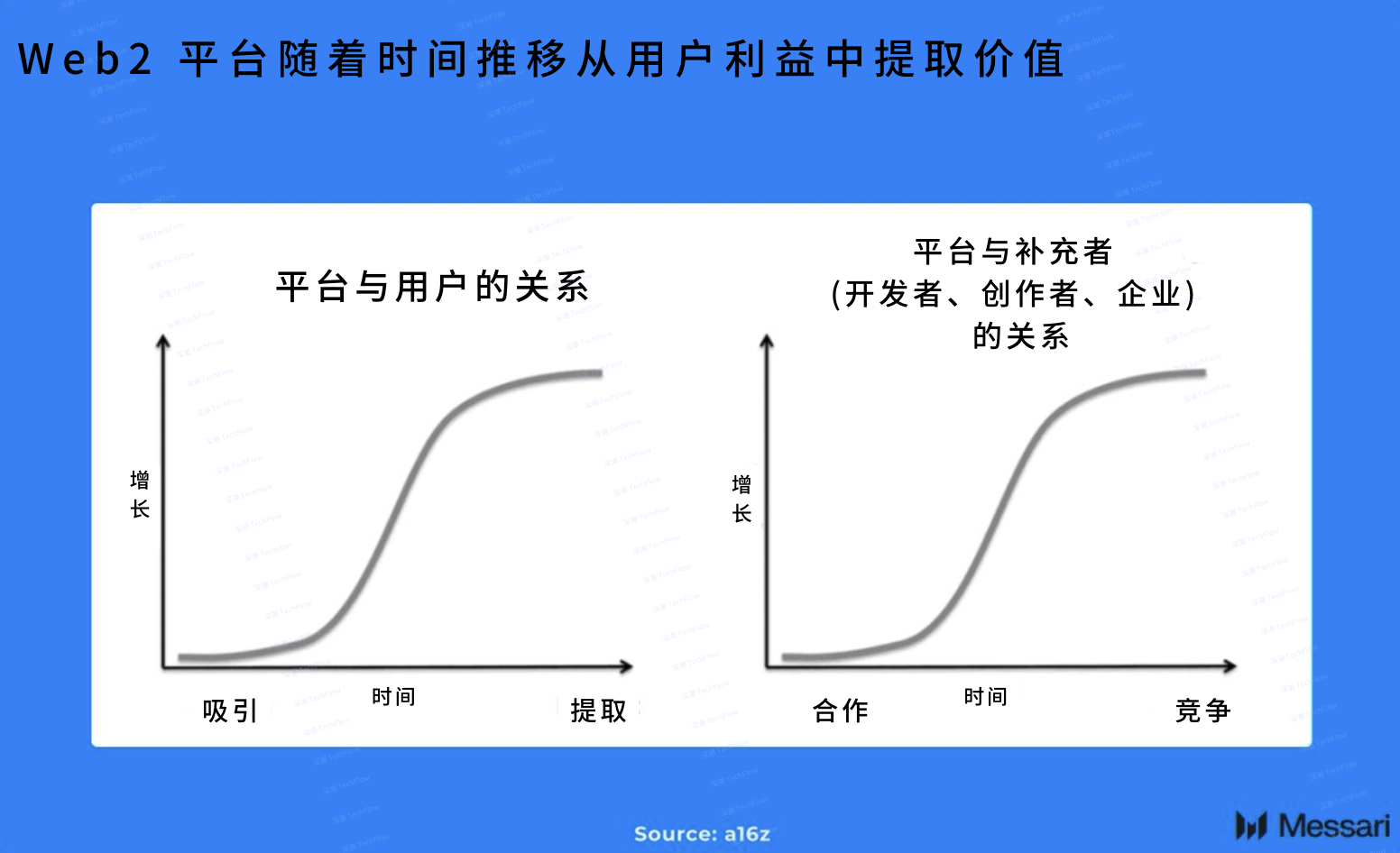
(Source image from Dylan Bane, compiled by Deep Tide TechFlow)
Currently, the infrastructure stack of DePAI is rapidly developing.
At this stage, the data collection layer is the most active part. This layer not only provides the real-world data needed for training physical AI agents deployed on robots but also helps robots navigate complex environments and complete tasks through real-time streaming data.
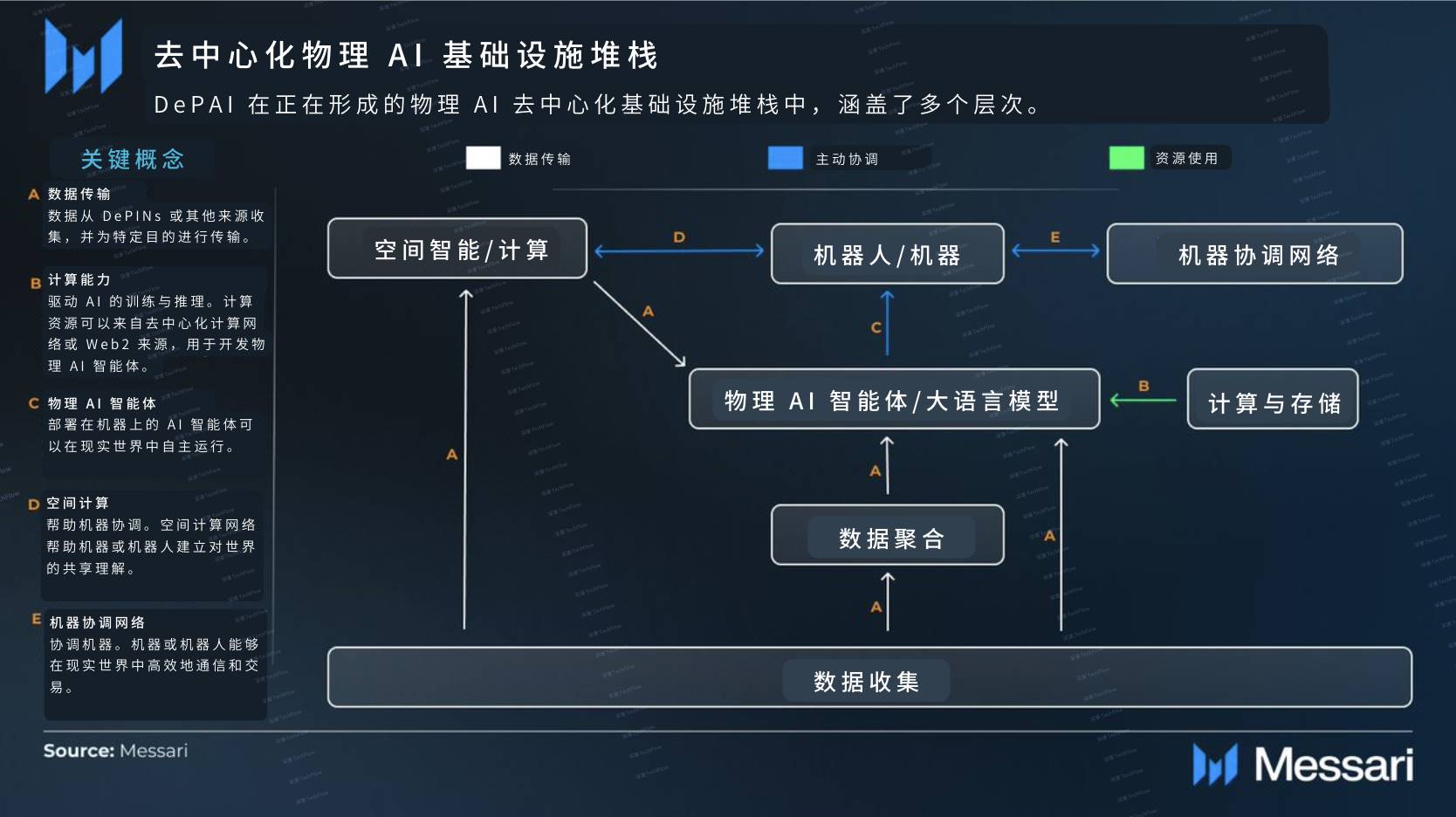
(Source image from Dylan Bane, compiled by Deep Tide TechFlow)
However, acquiring real-world data remains the main bottleneck for training physical AI.
Although platforms like NVIDIA's Omniverse and Cosmos offer a promising solution through simulated environments, synthetic data can only address part of the problem. To further enhance training, remote operation and real-world video data will also become indispensable resources.
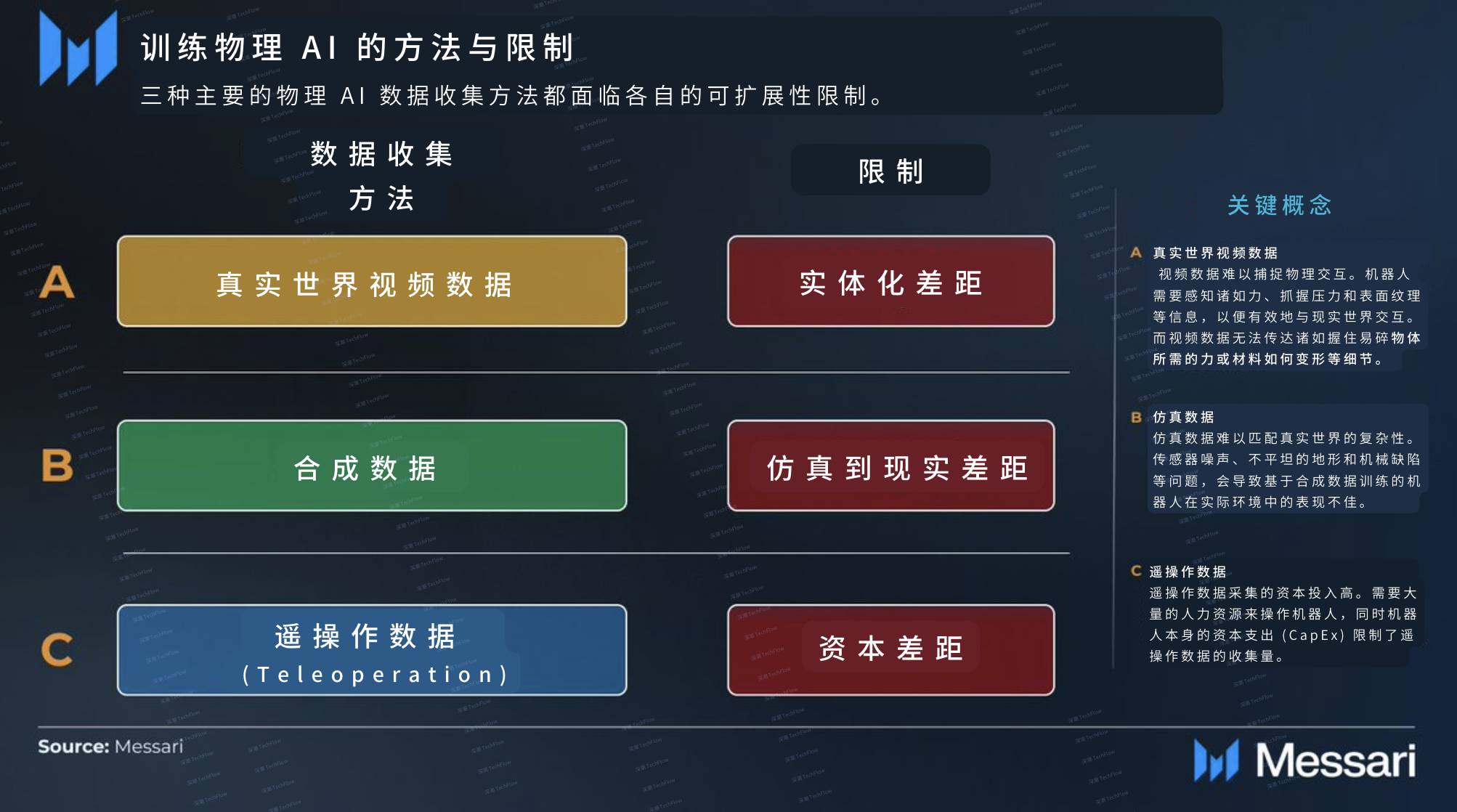
(Source image from Dylan Bane, compiled by Deep Tide TechFlow)
In the field of remote operation, @frodobots is deploying low-cost sidewalk delivery robots globally using DePIN. These robots capture the complexities of human decision-making in real environments during their operation, generating high-value datasets while effectively addressing the issue of initial capital shortages.
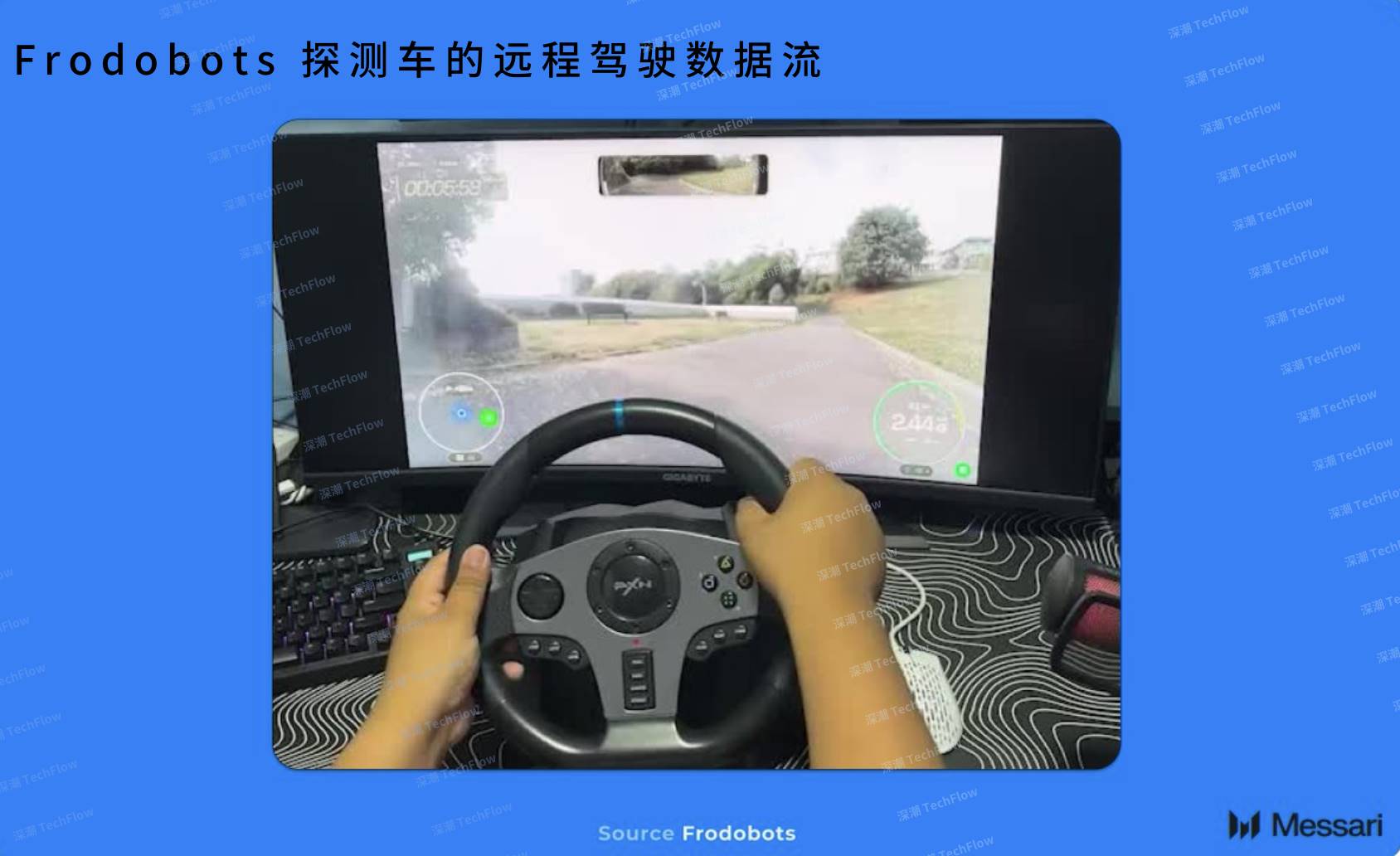
(Source image from Dylan Bane, compiled by Deep Tide TechFlow)
DePIN (Decentralized Physical Infrastructure Network) provides strong support for the rapid deployment of data collection sensors and robots through its token-driven flywheel effect.
For robotics companies looking to accelerate sales and reduce capital expenditures (CapEx) and operating expenses (OpEx), DePIN offers a more efficient and cost-effective solution compared to traditional methods.
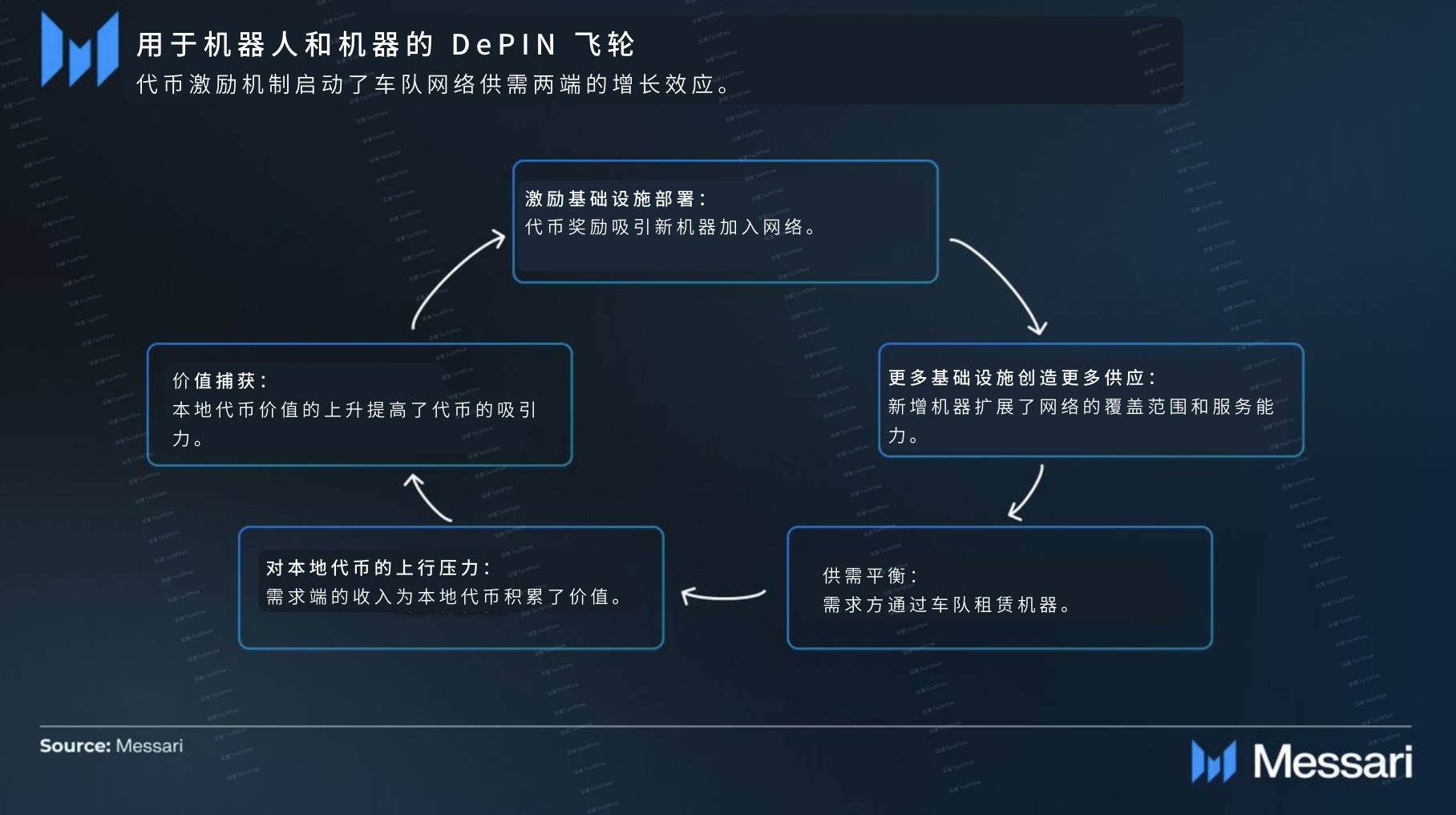
(Source image from Dylan Bane, compiled by Deep Tide TechFlow)
DePAI (Decentralized Physical AI) can also leverage real-world video data to train physical AI systems and build a shared spatial understanding of the real world.
For example, @Hivemapper and @NATIXNetwork possess unique video datasets that can serve as important resources for training physical AI.
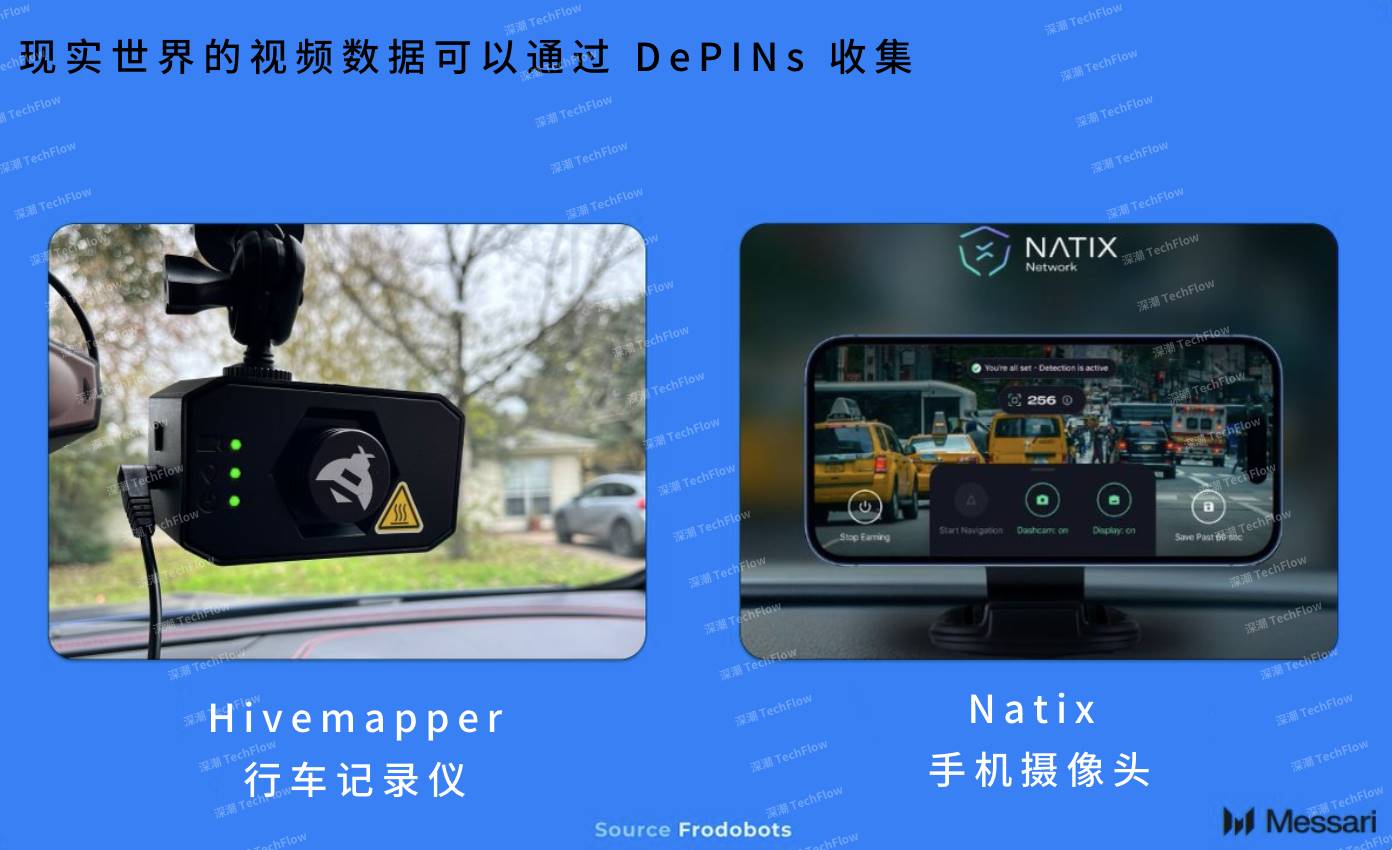
(Source image from Dylan Bane, compiled by Deep Tide TechFlow)
As @masonnystrom stated: "Data from individual users is hard to monetize, but when aggregated, it can create immense value."
Through the DePIN network, real-world data from different devices and nodes can be aggregated to generate high-value datasets.
@iotex_io's Quicksilver system not only aggregates this data but also addresses data validation and privacy protection issues, providing security for decentralized data utilization.
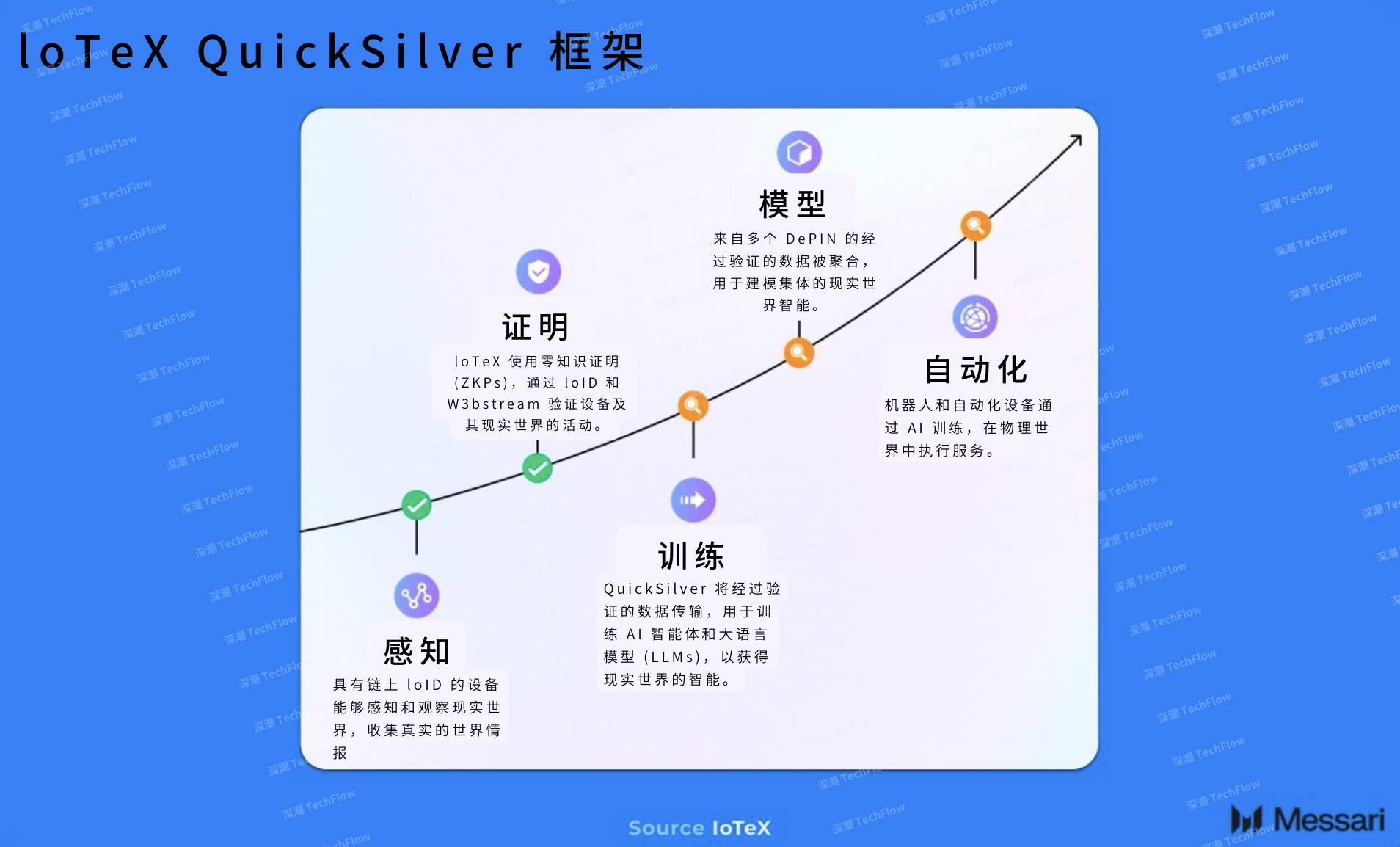
(Source image from Dylan Bane, compiled by Deep Tide TechFlow)
Additionally, spatial intelligence and computing protocols are also utilizing DePIN and DePAI technologies to promote the decentralized development of spatial coordination and real-world 3D virtual twins.
For instance, @AukiNetwork's Posemesh technology enables real-time spatial awareness while protecting privacy and maintaining decentralization, providing strong support for physical AI.
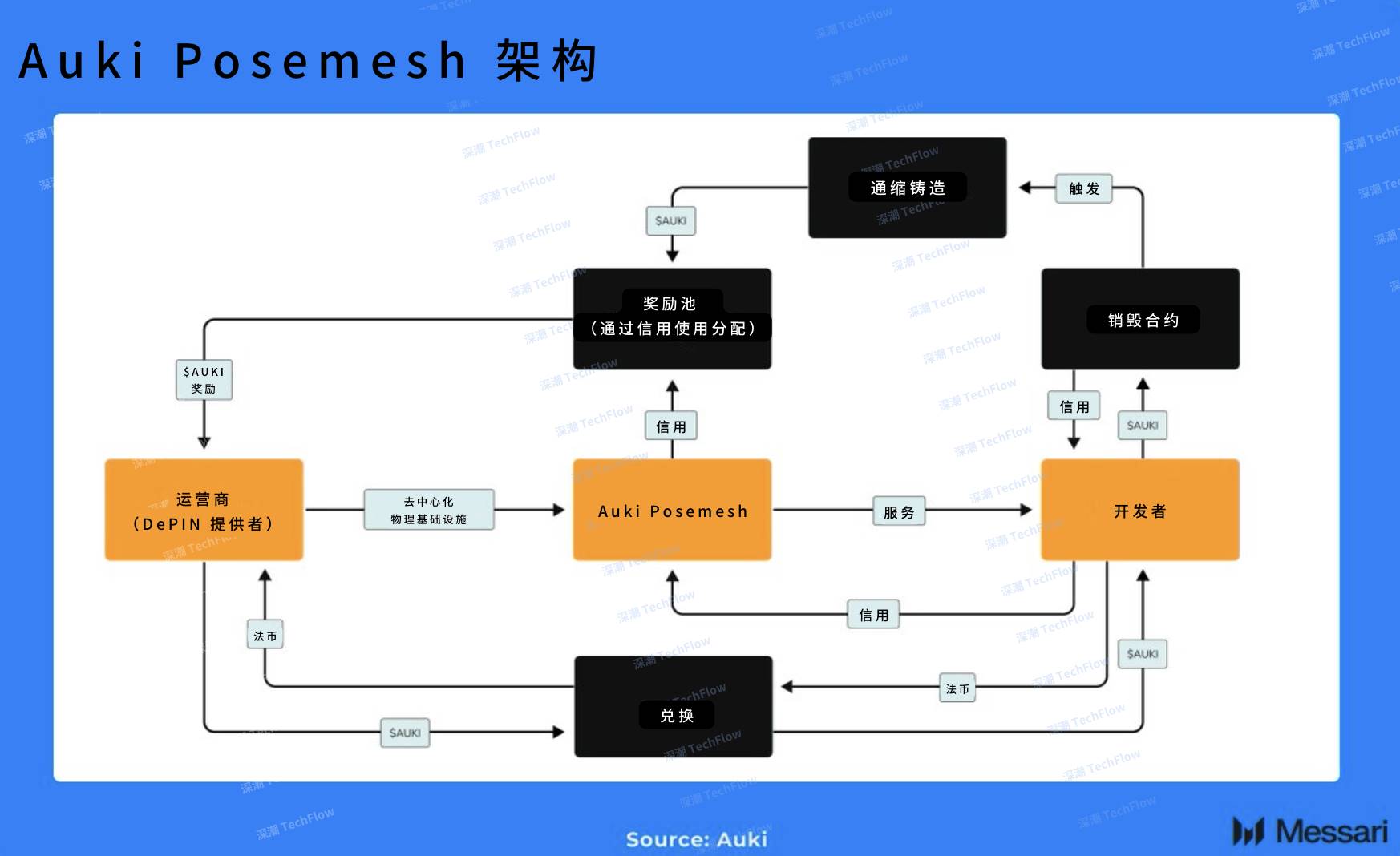
(Source image from Dylan Bane, compiled by Deep Tide TechFlow)
Currently, preliminary applications of physical AI agents have entered reality.
For example, @SamIsMoving is utilizing Frodobots' global delivery fleet to predict geographic locations through data analysis.
In the future, through frameworks like Quicksilver, AI agents will be able to access data provided by DePIN in real-time, allowing them to complete complex tasks more efficiently and further advance physical AI.
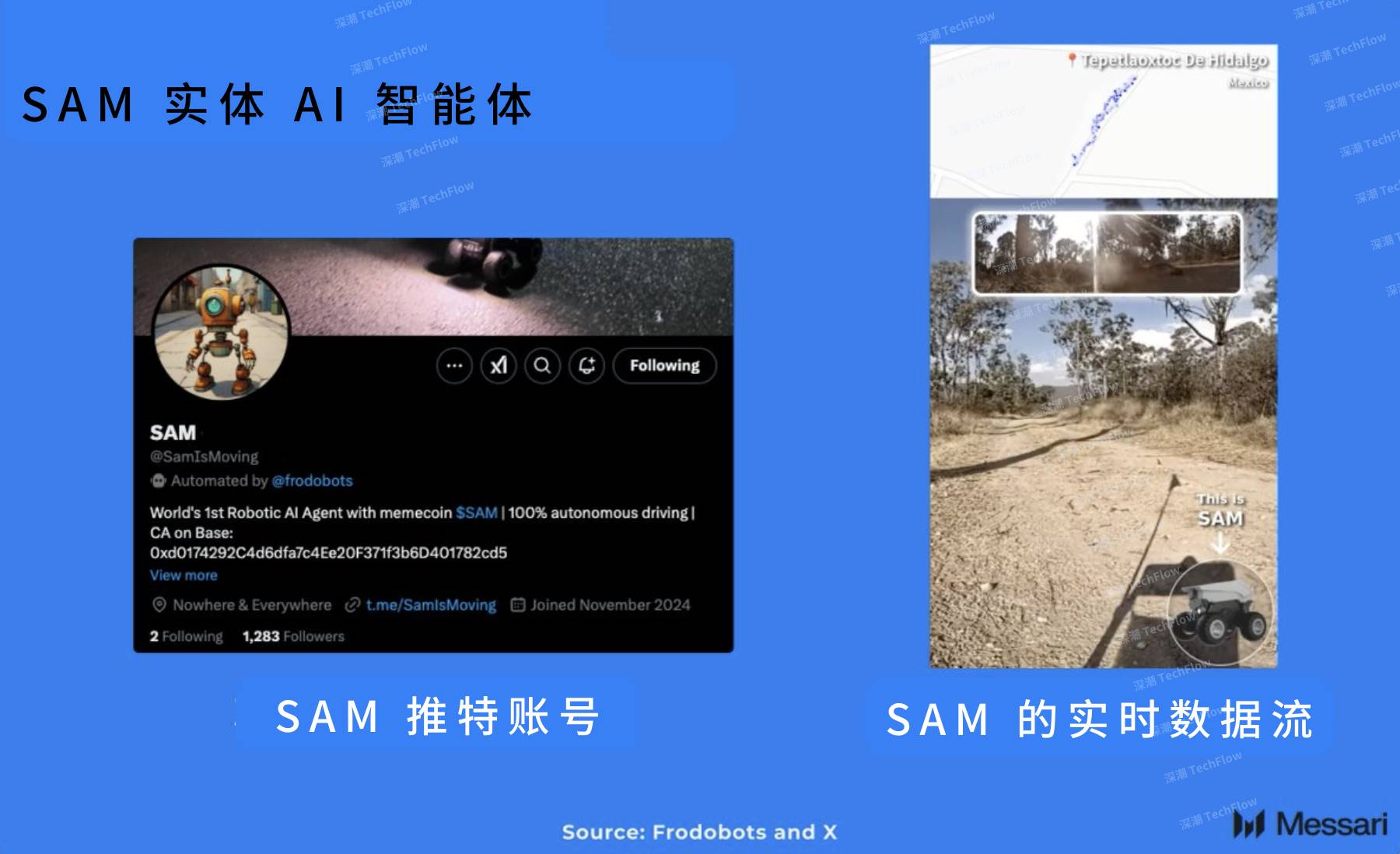
(Source image from Dylan Bane, compiled by Deep Tide TechFlow)
If you wish to participate in the development of Physical AI, investing in a DAO (Decentralized Autonomous Organization) may be one of the most direct ways.
@xmaquinaDAO provides its members with opportunities to access physical AI assets through its platform, including real-world assets (RWAs), DePIN protocols, robotics companies, and intellectual property (IP). Additionally, these investments are supported by its internal R&D team, ensuring technological and market leadership.
(For the complete report, refer here)
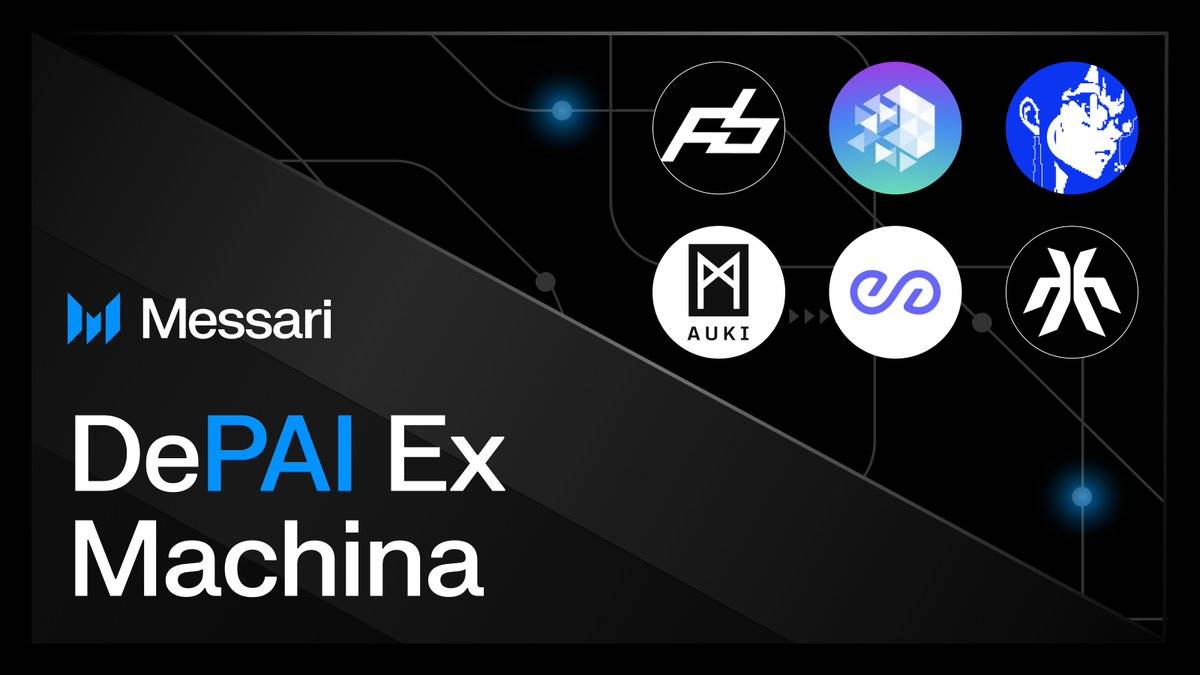
免责声明:本文章仅代表作者个人观点,不代表本平台的立场和观点。本文章仅供信息分享,不构成对任何人的任何投资建议。用户与作者之间的任何争议,与本平台无关。如网页中刊载的文章或图片涉及侵权,请提供相关的权利证明和身份证明发送邮件到support@aicoin.com,本平台相关工作人员将会进行核查。




